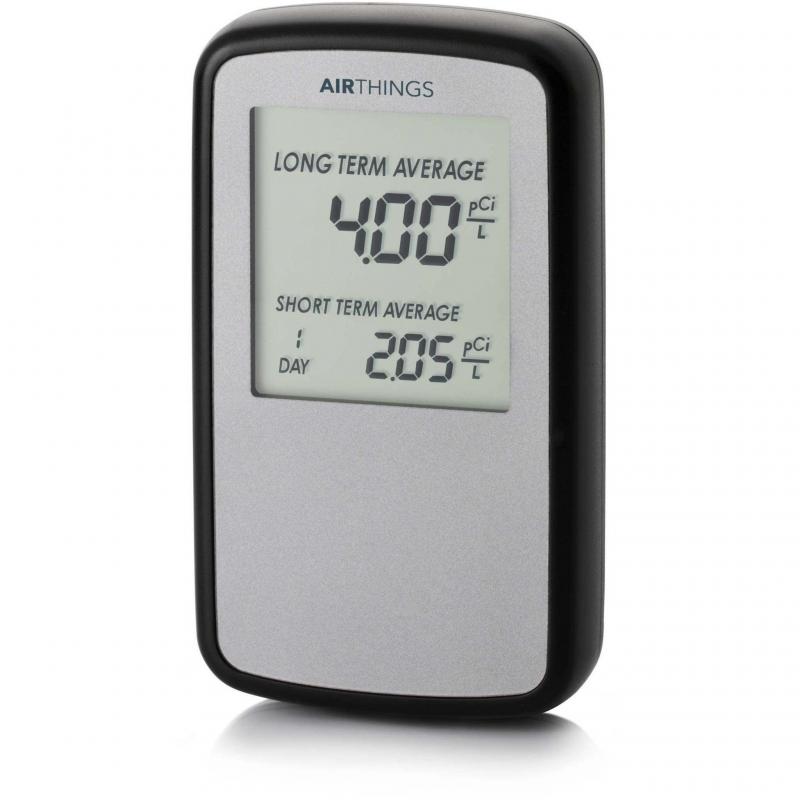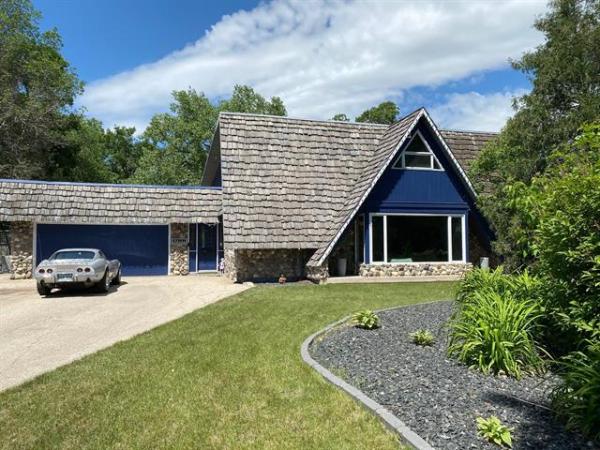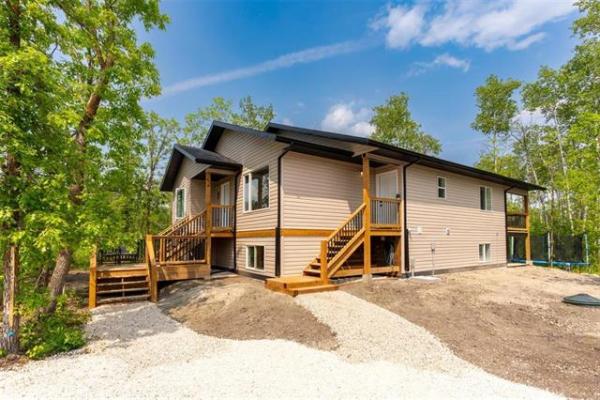
AirThings
Radon — a colourless, odourless gas — is completely undetectable without testing.
Question: Public awareness of radon, its dangers and mitigation are increasing. With some of the older housing stock we have here in Winnipeg, such radon mitigation efforts are not without their challenges. How does one mitigate radon using active soil pressurization without causing dangerous backdraft? Alternatively, how can one mitigate any backdraft that might occur as a result of active soil pressurization?
According to Health Canada’s Radon Reduction Guide for Canadians, active soil depressurization can play a leading role in mitigation efforts.
"When large radon reductions, 50 per cent or more, are desired, active soil depressurization is almost always the recommended approach," the guide says, going on to warn, "When any active depressurization system is installed, it is recommended to make sure that its operation does not cause backdraft of combustion appliances such as a furnace, water heater, fireplace or wood stove."
Herein lies the challenge for many Winnipeg homes — for example, a 100-year-old, two-storey home with a poured-concrete foundation and floor, finished basement with rubber-backed carpeting, a gas-fired boiler and hot-water tank with no fresh air intake, a basement bathroom exhaust fan, a basement dryer and a rec-room exhaust fan. Also, on the upper floors, a kitchen exhaust fan, a second-floor bathroom exhaust fan and a main-floor wood-burning fireplace, also with no fresh air intake and no HRV system of any kind.
In my own home, I did a long-term, 103-day alpha tracker test I obtained from the (Canadian) Cancer Society and got a result of 287 Bq/m3. Followup tests with both an Airthings Wave digital radon monitor, which I left in the basement for the full week, and an Airthings Corentium Digital radon monitor upstairs have produced similar results, ranging from 239 to 312 Bq. Even a reduction of radon levels from 300 to 50 is greater than the 50 per cent mentioned in the radon guide as triggering active depressurization.
I would suspect the ideal scenario would be some form of centralized HRV system which ties all the exhausts together. This would be expensive to retrofit in a newer home, but also virtually impossible in the older home I mentioned. What else can be done?
— C. M. L.
Answer: Radon is a health concern in many homes, especially since it is completely undetectable without testing, such as you have just completed. While remediation techniques have only been developed in the past quarter-century, they are quite simple in nature and some earlier versions have had issues with air pressure in homes, but solving any such issue may not be as complex as it seems.
Since I have written about radon and the implications for homeowners several times, I will not elaborate on the health issue, but will refer readers to the excellent Health Canada guide you cited for further information. Having discovered a level above the recommended one in your own home, plans for remediation are warranted. Since most of the research on the location of intrusion of this colourless, odourless gas points to the soil beneath the basement floor, that is where most efforts should be focused.
To that end, most of the professional remediation contractors will use a small, low-pressure exhaust fan connected to a pipe or pipes embedded in the soil below the basement floor slab for this purpose. The fan is installed inside the basement, to prevent freezing in cold weather, and vents outside the home through a pipe typically exiting the house walls. The idea is to draw the dangerous soil gas from below the floor slab before it enters the living space and vent it to the air outside the home, where it will be harmlessly diluted.
Research has shown a significant drop in radon levels within a home immediately upon installation of this system, known as a sub-slab depressurization system. That is because the fan will draw radon gas and air out of the soil below the slab, by dropping the air pressure in that area with the fan.
Your concern is a legitimate one if the pressure is dropped so low that air from the home, particularly the basement, is also drawn into this area. That may cause furnaces, boilers, gas water heaters and fireplaces to back-vent into the home, creating another health safety hazard. Because of this, most current radon remediation contractors use very-low-volume fans for their systems. They may run continuously, but at a very low speed, which prevents drawing too much air, which could allow significant depressurization to occur. Earlier systems may have used higher-volume fans, which may account for the warning from Health Canada in its literature. If back-venting does occur after installation of a radon system, installation of an HRV with intakes in the basement, or a low-tech fresh-air duct, may be enough to equalize the air pressure and stop the problem from reoccurring.
Regardless of this issue, there may be other things to attempt first, before opting for this moderately priced exhaust system. Sealing the floor drain and sump pits, caulking cracks or any openings in the basement floor slab, and other repairs to damaged floor slabs may help reduce levels, somewhat. If you have any crawl spaces that expose soil to the home, sealing these with 6MIL polyethylene sheathing is critical.
As an example, from my own older home, a test I did several years ago revealed slightly high levels of radon. Since I had an open catch basin above my floor drain, with exposed weeping tile ends running through the soil beneath the floor, I was worried about gas intrusion from that area. I bought a low-cost neoprene device, made locally, that sealed the top of the floor drain while allowing water to flow to the drain should basement flooding occur. A followup test revealed a radon level below the recommended threshold, so further remediation was unnecessary.
While basement depressurization and back-venting may have been a serious concern with early radon-removal systems, current use of low volume fans has significantly reduced the occurrence. Even so, installation of a properly balanced HRV or fresh-air intake duct in the basement should help equalize any pressure imbalance caused by such a system.
Ari Marantz is the owner of Trained Eye Home Inspection Ltd. and the past president of the Canadian Association of Home & Property Inspectors — Manitoba (cahpi.mb.ca). Questions can be emailed to the address below. Ari can be reached at 204-291-5358 or check out his website at trainedeye.ca.
trainedeye@iname.com



